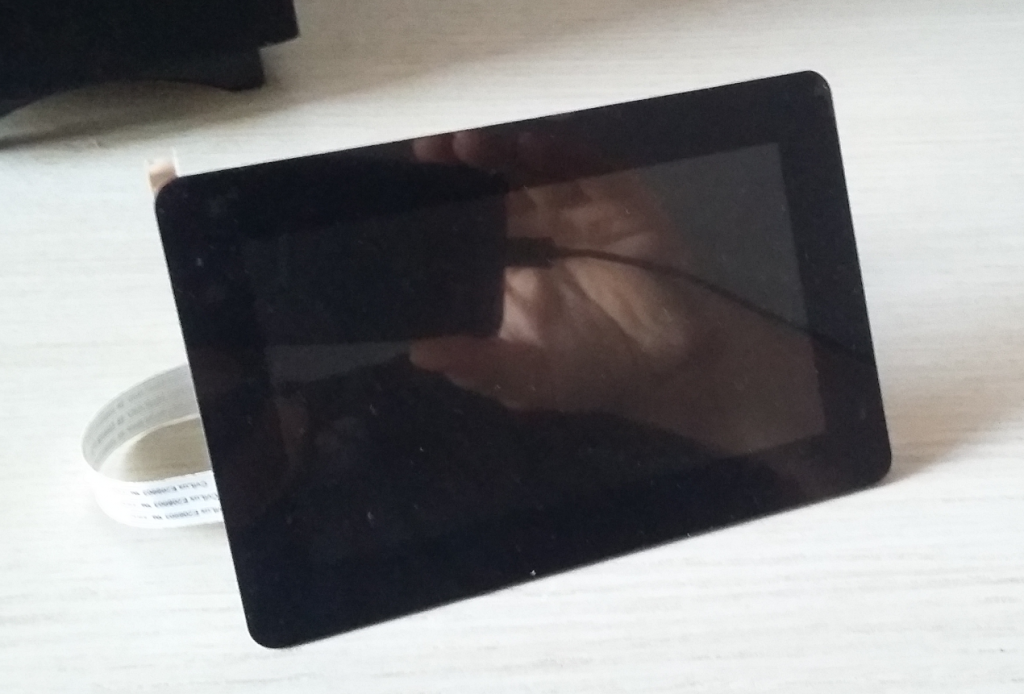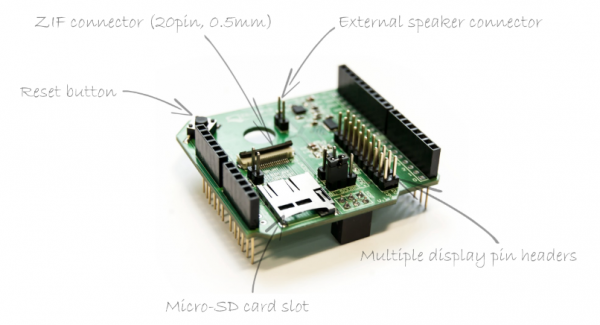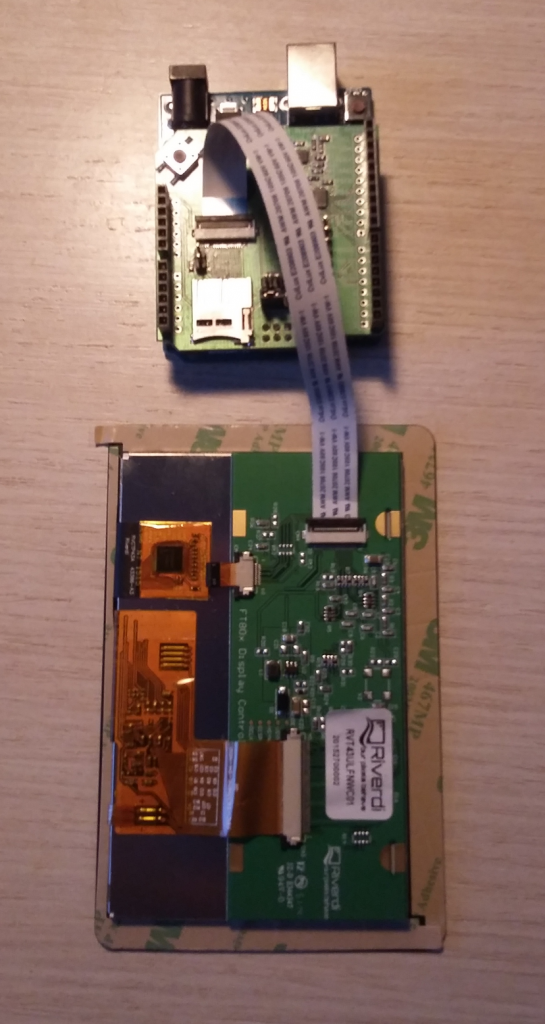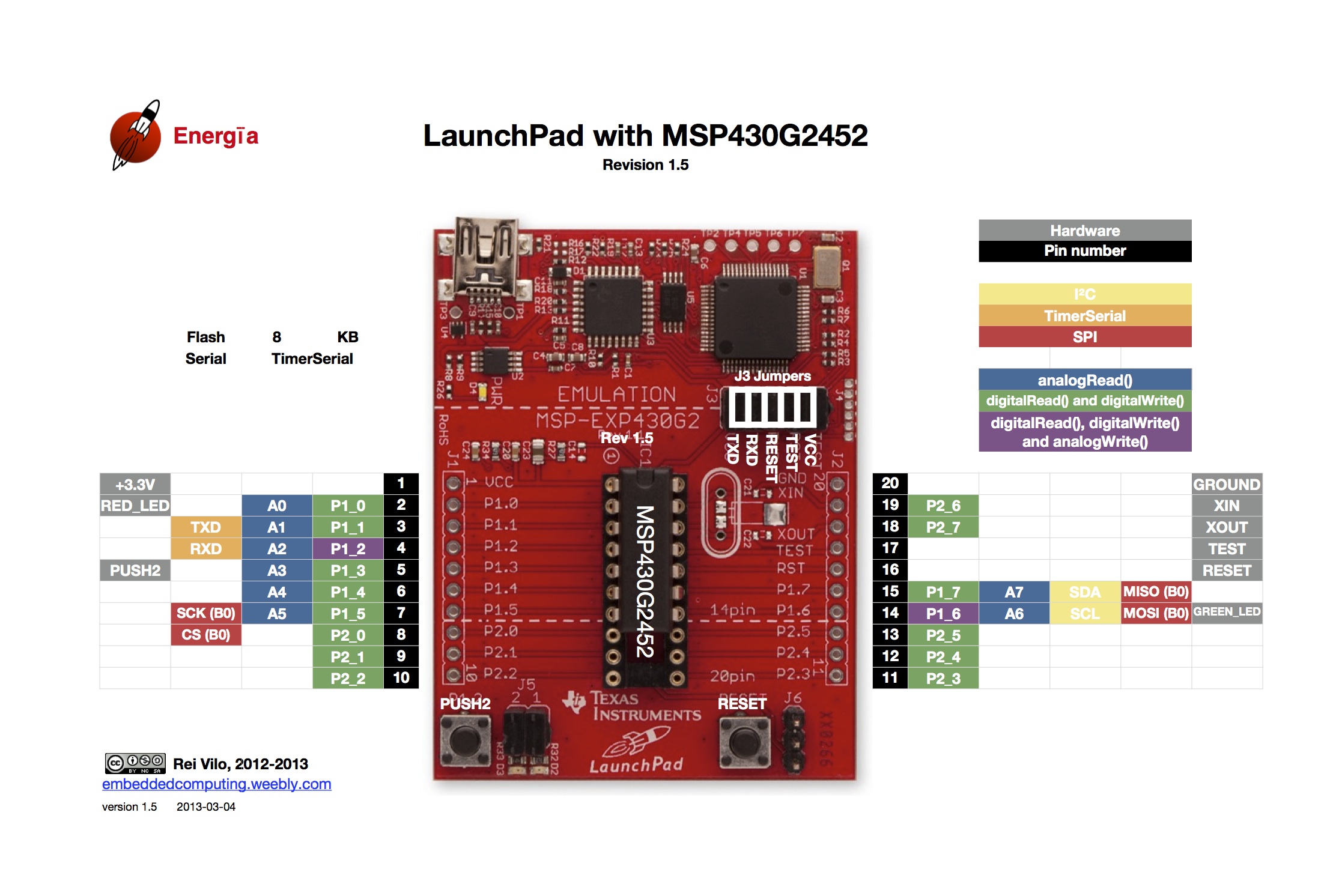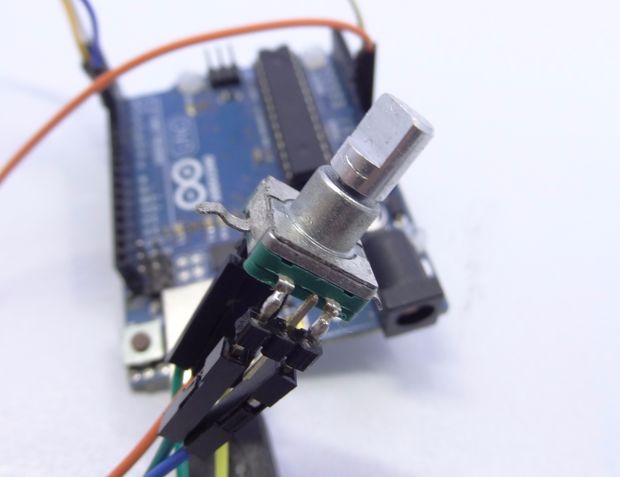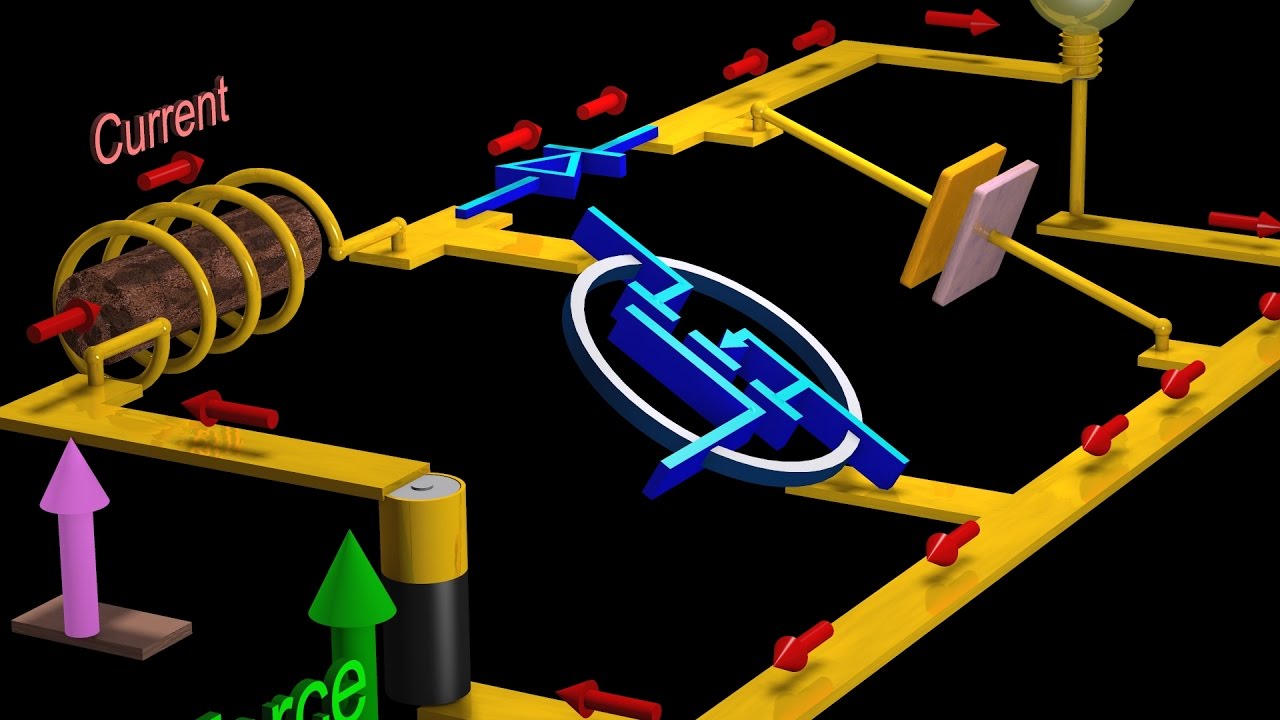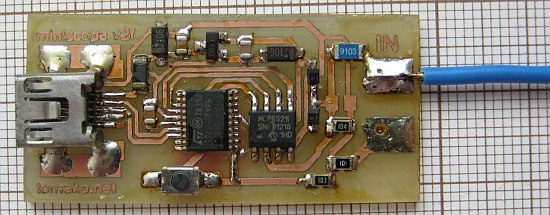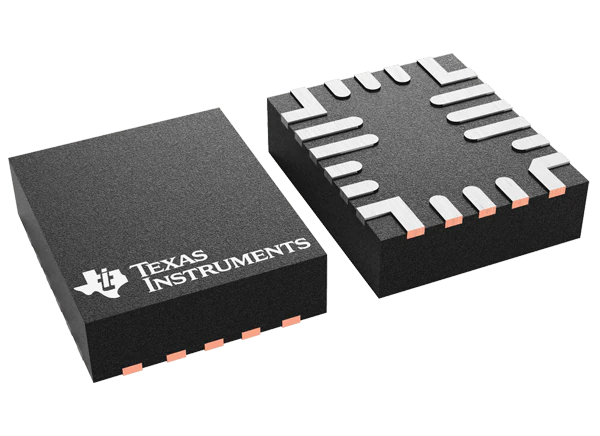
If you are looking for a touchscreen LCD display for your next project you should take a look at Riverdi LCD solutions. Their aim is to produce innovative, high quality LCD solutions at affordable prices. They were kind enough to send us a sample of a FTDI FT801 controller LCD display along with their Arduino TFT shield to test out. This LCD display has a build in video engine that accelerates performance over standard TFT displays when used with low power MCUs.
The LCD
The particular model we are going to test is an RVT43ULFNWC0x, which is a 4.3” TFT LED backlight display with FTDI FT801 controller and a resolution of 480×272 pixels (16:9). The display also has a capacitance touchscreen interface and can be easily controlled using SPI/I2C buses. The backlight is using 10 LEDs and has an output of 500 cd/m2 and color depth is 262k. The LCD display is powered from a 3.3V source and typical current consumption at 100% backlight brightness is 330mA. Operating temperature is wide and in the range of -20C to 70C.
Design of RVT43ULFNWC0x appears to be ideal for installation of all types of enclosures and using adhesive tape this can be done without any screws. External dimensions are 120.38×79.20mm with 8.43mm of maximum height.
The Controller
FTDI FT801 controller manages all aspects of communication between your MCU and LCD display using SPI or I2C interfaces. It is also able to play 8-bit PCM files and μ-Law format with sampling rates of 8kHz to 48kHz.
On the back of the LCD we can easily see the LCD controller IC and touchscreen controller IC. Also there is a FFC connector with a pitch of 0.5mm to connect the LCD to your host board or Arduino Shield.
By default the LCD display works with SPI because as PIC 9 is internally pulled to ground. If you want to use I2C you should pull PIN9 to power. Keep in mind that only SPI mode 0 is supported and up to 30Mhz. The I2C interface operates up to 3.4MHz, supporting standard-mode, fast-mode, fast-mode plus and high-speed mode.
Backlight enable signal is internally connected to FT801 Backlight control pin. This pin is controlled by two FT801’s registers. One of them specifies the PWM output frequency, second one specifies the duty cycle.
Arduino Shield
To connect the LCD display to our Arduino we will use a shield. The Arduino Riverdi TFT shield is a simple shield which expand an Arduino capabilities. This shields provides a convenient connection Riverdi displays with FT80x and FT81x controller to the Arduino. The shield board includes:
- External speaker connector
- Multiple display pin headers
- Micro – SD card slot
- Backlight power supply selection jumper
- Reset button
Arduino Riverdi TFT shield come with appropriate libraries to help you with development process. To download the FTDI libraries click on the link below.
FTDI_V1.4.0_FT801: download library for Arduino
If you are using Arduino IDE 1.6.0 or later the above libraries will not compile correctly. We suggest you to download the library below.
FTDI_V1.4.0_FT801: download libraries for the Arduino 1.6.x
Examples
The first program we will run is written by www.jarzebski.pl and is able to display our Website URL along with a counter and a character passing over the screen. The code can be downloaded here.
The result is shown on the photo below:
The second program is from the examples and is able to show a graphical gauge with some random numbers. You can find this sketch inside the libraries files on top.
These examples shows you the capabilities of the LCD display and you can build any interface you like depending on your programming skills.
Conclusion
In conclusion, the Riverdi LCD screens are built with high standards and their design allows them to be integrated to your product with ease. They can be easily interfaced to your host microcontroller and Arduino board and be able to fulfill your requirements. They also comes with various examples and libraries that help you deploy your application fast. Distribution of Riverdi LCDs are done via Nuvision, EFO, Alpha Micro, Unisystem and TME.





